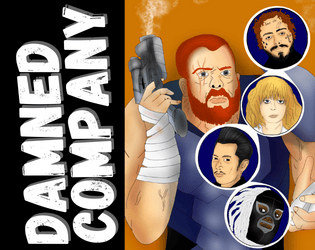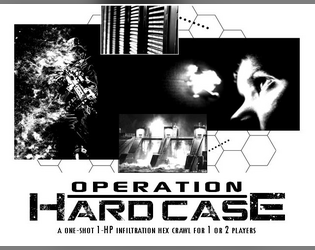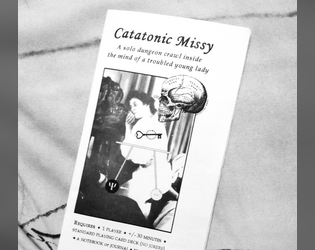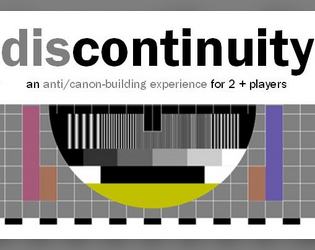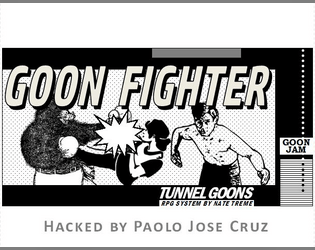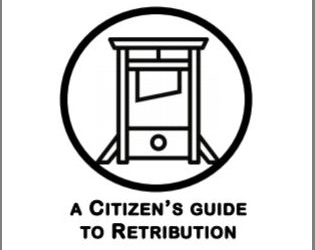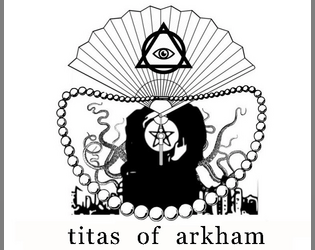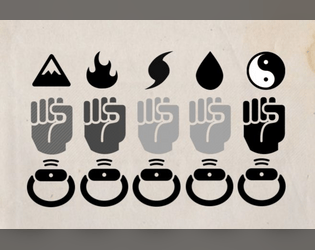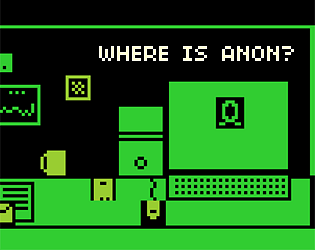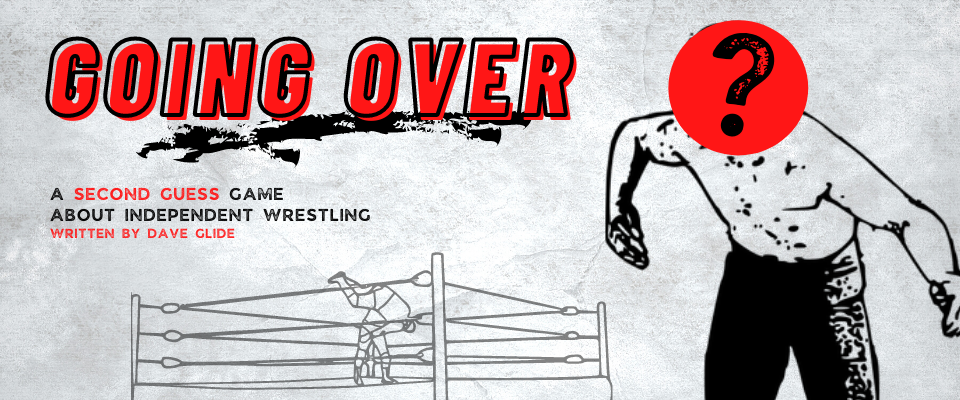Here's my draft of my adventure, so far: Legacy of the Ragged Barkada
Before I finish writing it, I'd welcome any feedback about:
- how the scenes/locations are structured (since that's what varies most from the 'standard' format used in The Summer Blooms)
- overall impressions of the premise, and how it's adapted for the Doom + Omens structure
- currently, the only way to prevent the Doom successfully requires the Heroes to resolve at least 2 of the Omens
Ideally, I'd also like to play test this before publishing, so I can gauge whether the estimated 6-hour running time is appropriate.




